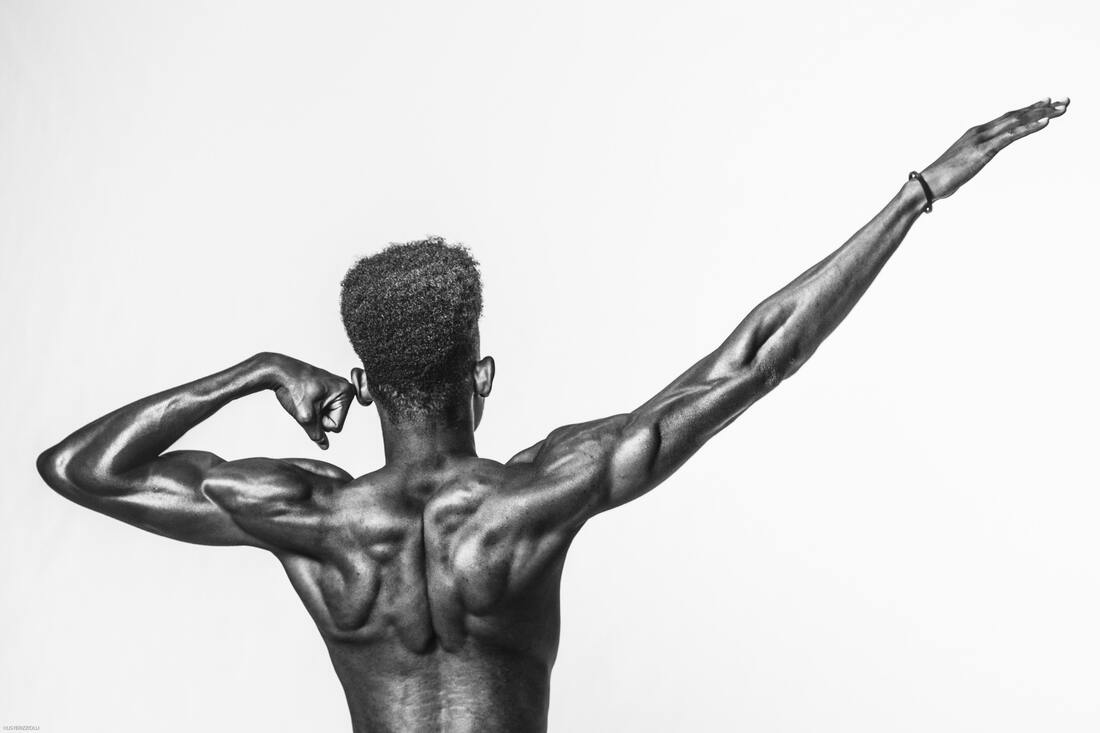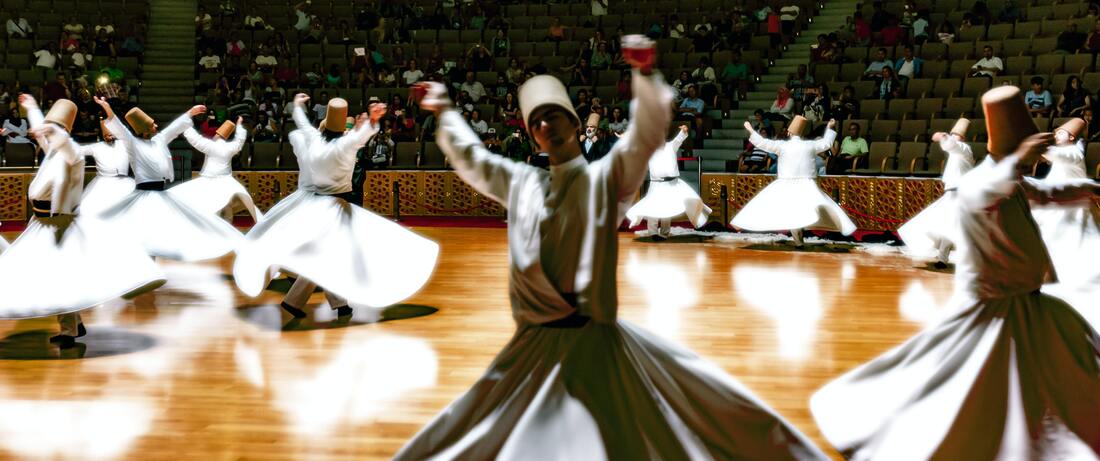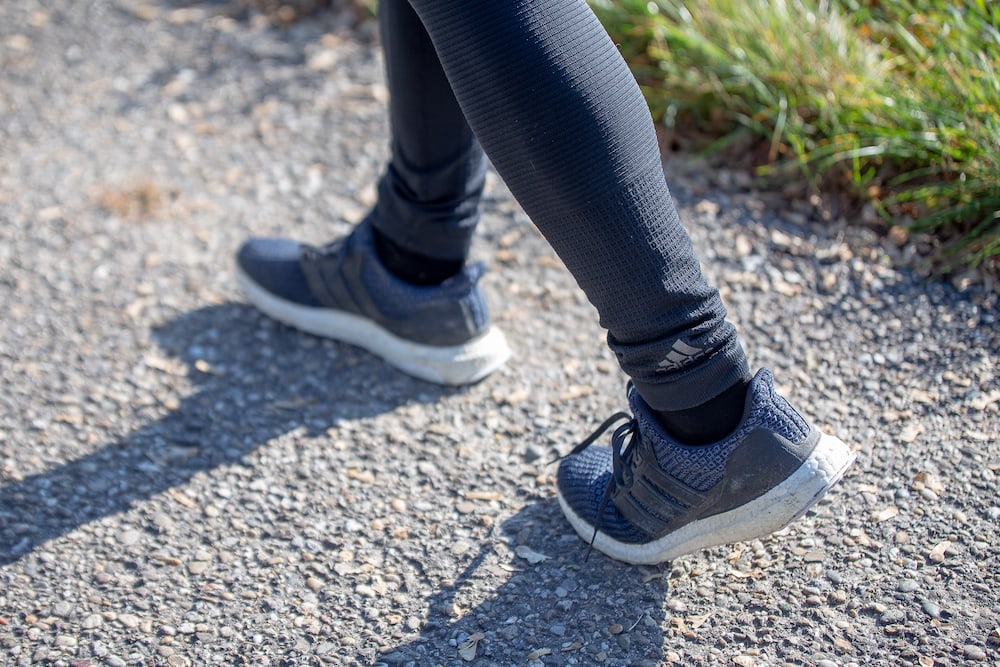And improve your balance and postureI found myself sweating, even though I was only walking up a gently sloping path. The effort surprised me because I run 5km daily and sprint up steeper slopes without too much effort.
That day convinced me that walking backwards had a lot to offer. Doing it was challenging the coordination between my brain and body, and using muscles which were otherwise poorly trained and inefficient. That's why I was sweating for such a low level of activity. As well as running daily, I also walk 5km daily, which is part of my recovery routine for the daily running. During my walk, I now find ways to walk backwards - most often up slopes or on the beach. The perfect pillow has these three qualitiesSomething we don't do often enough is to experiment with pillows and pillow positions. Read what experts say about choosing the right pillow.
Use of the wrong type of pillow will lower the quality of our sleep. That's bad for our long-term health. There's a reason we are programmed to spend a third of our life sleeping. During sleep:
Chronic sleep deprivation impairs our attentiveness, coordination and reaction time. It also increases the risk of obesity, high blood pressure, heart attack, diabetes and depression. Mix and match during the week, or daily if you are a runner Photo by Jyotirmoy Gupta on Unsplash We take our joints for granted until they're injured. None more so than our feet.
Our feet have 26 bones (25 percent of all bones in the human body are in the feet), 33 joints, and more than 80 tendons and ligaments. There are also 20 main muscles, each with different actions and jobs that help us walk, run, jump and stand. These muscles can become weakened, tightened and inflamed just from our everyday activities. There is a lot that can go wrong - a lot of attached parts that can transmit stress through the entire foot and into our leg, hips and lower back. That's why keeping our feet flexible and strong is worth a little extra effort. This effort not only helps reduce foot and ankle pain but also strengthen the tendons and improves our mobility and gait. Reducing inflammation eases pain gets you mobile again Photo by Tristan Gevaux on Unsplash About three weeks ago, my shoulder suddenly locked up while I was brushing my hair. I was tremendously painful, so I researched all the ways that I might get it moving again. One way that was new to me was Red Light Therapy.
It seems to have helped a lot. It might help you if you have inflamed or injured muscles, tendons or joints - here's what I found out. I never thought that it would happen to me Photo by Akim Young on Unsplash Suddenly your shoulder clicks and you are in a land of pain whenever you move out of a minimal range of motion with your arm. I know. It happened to me. I was doing nothing more than brushing my hair.
As President Trump would say, it's a horrible thing. Movements which were previously unconscious and innocuous suddenly produce shrieking bone pain which can start in your lower arm and run up to your shoulder. (Ah! I just had a twitch then!) Shoulder pain or tightness is common, affecting 18 to 26 per cent of adults. And frozen shoulder - the most severe impingement - is estimated to affect 2%–5% of the general population, and can be significantly painful and disabling. To be honest, I did not see myself as a likely candidate for shoulder impingement. Choose something you enjoy and begin gradually Photo by Mark Daynes on Unsplash Working out is known to improve the moods of people with depression, although why it works is still somewhat a mystery.
What is not a mystery is research which reveals that exercise intensity is not associated with the level of mood improvement. For example, in this study, all participants experienced about the same level of reduced depression after hard, moderate and light aerobic exercise. Building regular exercise into your day will improve your day, and you can start as small as you like. Here's how. Your weak hip muscles are costing you running efficiency Photo by Jenny Hill on Unsplash Judging by the number of other runners who ask me what I am doing, it's apparent that warming up, warming down and stretching our hip flexors is a bit of a lost art. That's unfortunate, and not just for runners.
I do a simple couple of hip flexor warm-ups and warm-downs, which I recommend for all runners. It's attention to these kinds of movements that has enabled me to run every day ~5km for nearly 300 days injury-free. Hip mobility is essential for everyone and runners in particular. (When running we use our hip flexors, especially the iliopsoas, to lift the leg with each stride.) With running, hip flexors can suffer from muscle weakness and muscle tightness, causing tenderness and pain. Better posture isn’t the answer - it's a symptom of something else Photo by Hulki Okan Tabak on Unsplash The pandemic, and working from home, has led to us spending long hours in awkward body positions, typically resulting in hunching our shoulders forward. NYC dentist Tammy Chen, says “I’ve seen more tooth fractures in the last six weeks than in the previous six years".
It’s not just fractures but jaw pain, tooth sensitivity, achiness in the cheeks and migraines — sound familiar? The simple, universal cure is an appeal to "better posture". However, this is not the cure, as "better posture" is often a prescription for the wrong disease. In this post, I'll explain what the real cause it, and cures that work. This will not necessarily get you sitting up in a textbook posture, but it should cure you from damaging your teeth. Plus, fitness equals longer life no matter how overweight you are[Copy of my weekly newsletter] If you're a pet lover then you'll be interested to know that your cat wants a bit more space - lockdown is cramping its style. On the other hand, your dog is loving the attention
Here are my 4 Most Valuable pieces of content from around the web, to help you live longer better: ⭑ When medicine fails your pain - try the mind-body connection ⭑ Walking is the best way to kick off your fitness ⭑ You're getting on your cat's nerves ⭑ A single-leg strength exercise that should be on your daily schedule Rollers and compression garments are low on the list Photo by Victoire Joncheray on Unsplash We've all experienced it - that pain that starts to swell from within about 12 hours after a tough, or unusual, exercise session. From there, it can get worse, making it painful to walk up steps after about 2 days. There's good news and bad news. The good news is that it will disappear. The bad news? There's little that can we can do to make it disappear a lot faster.
We'll take a look at the best four things that scientists regard as proven to reduce the pain. It's a short list (based on recent research). |
ChoicesSince I was diagnosed at 50 with Type 2 diabetes I've been learning how to do bone-building fitness training which lowers my age. You can too. It's your choice. Walter Categories
All
Archives
May 2023
|



 RSS Feed
RSS Feed



